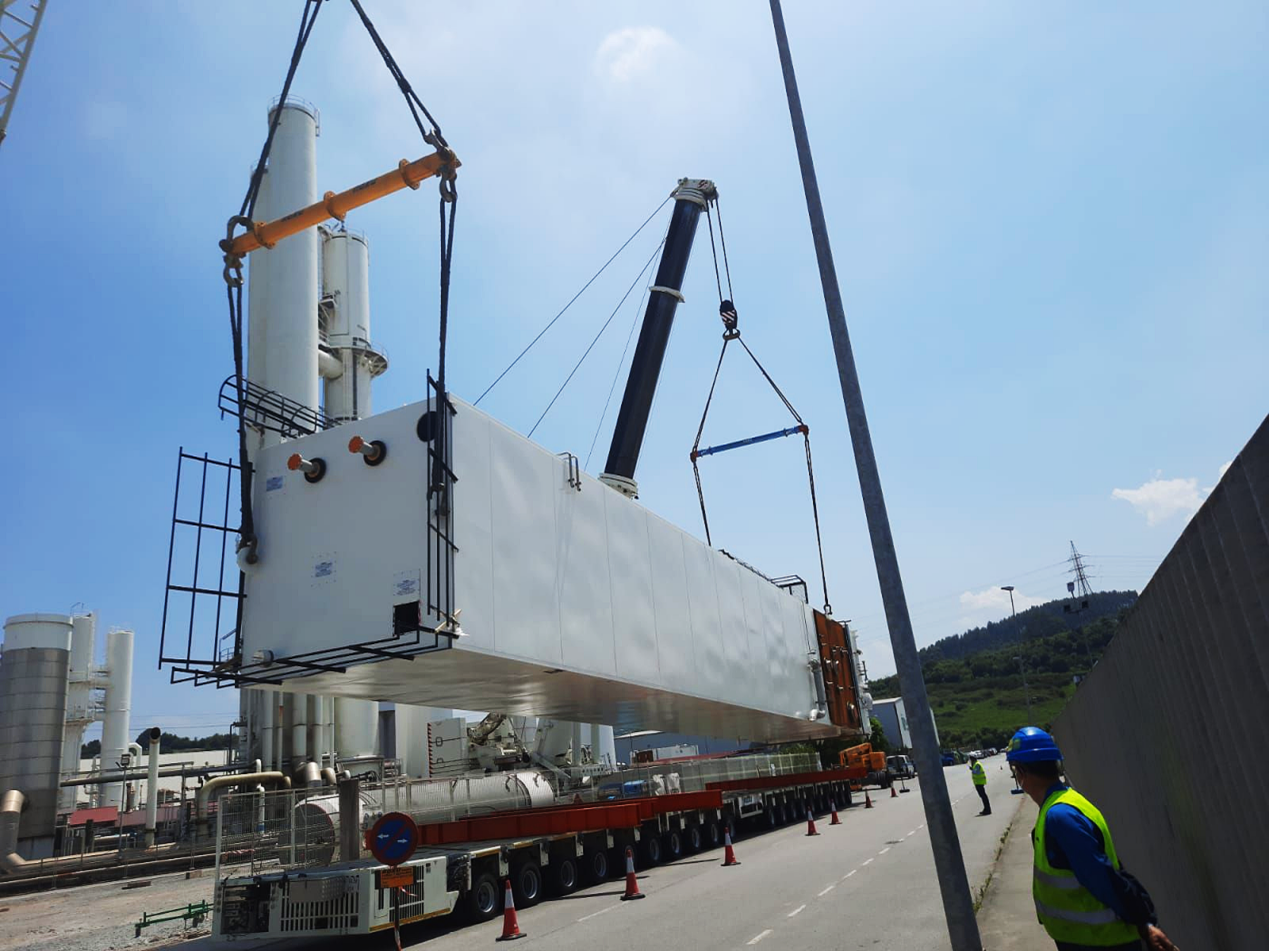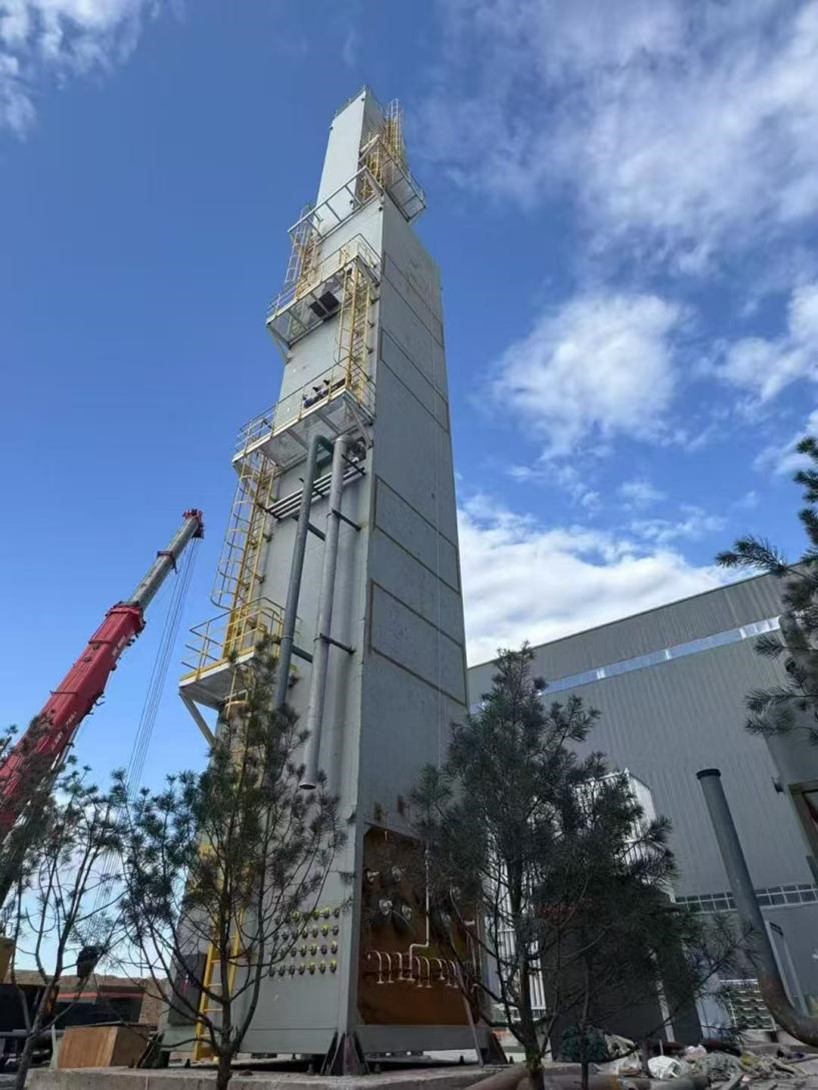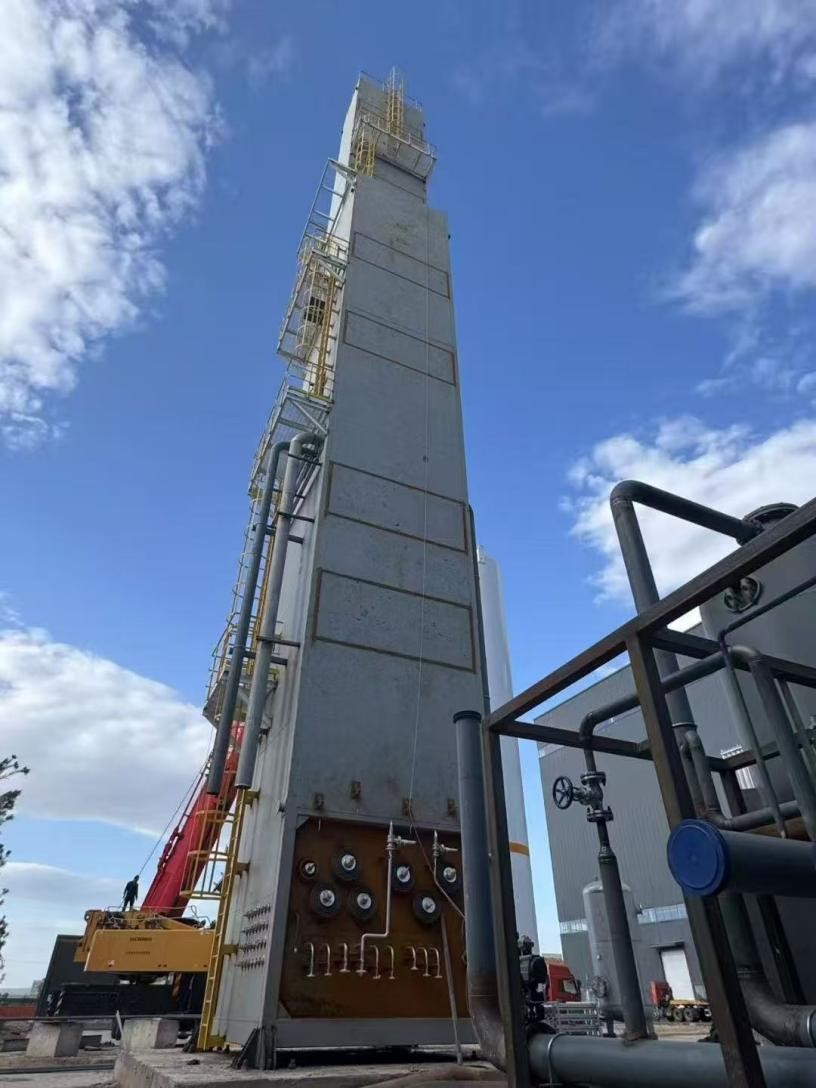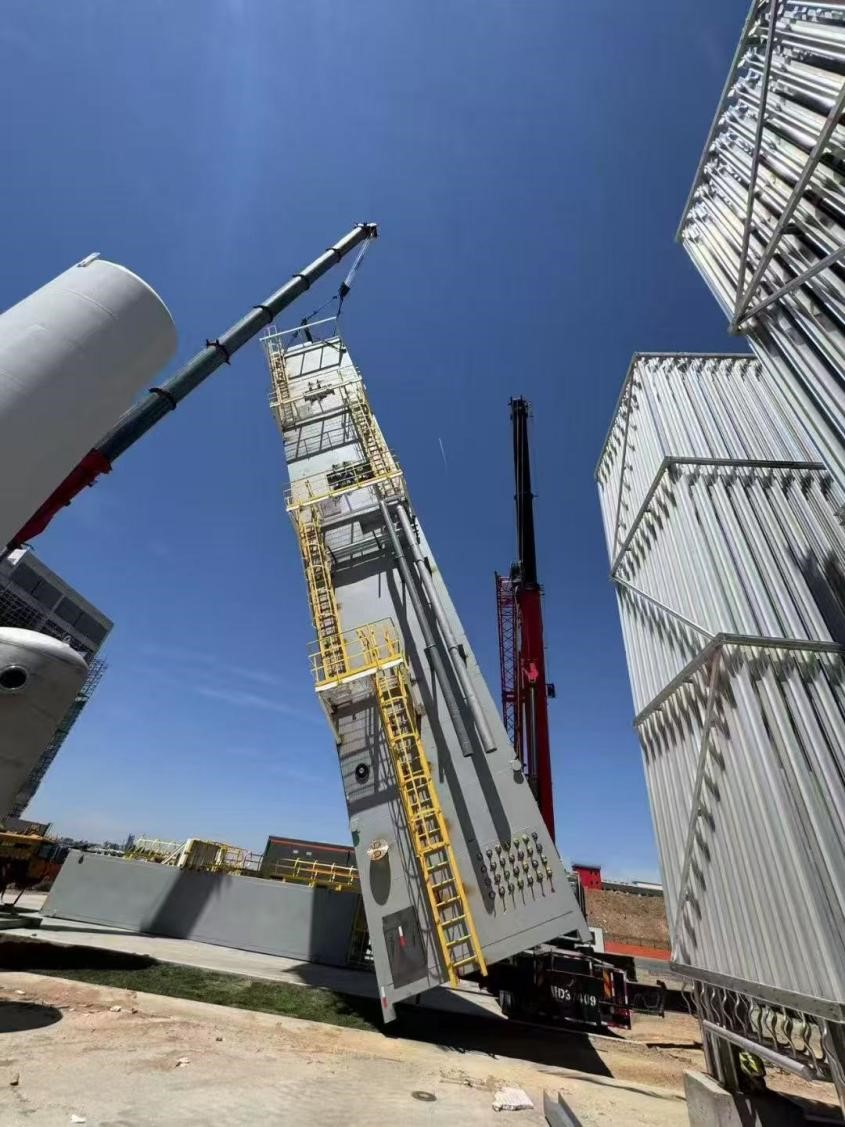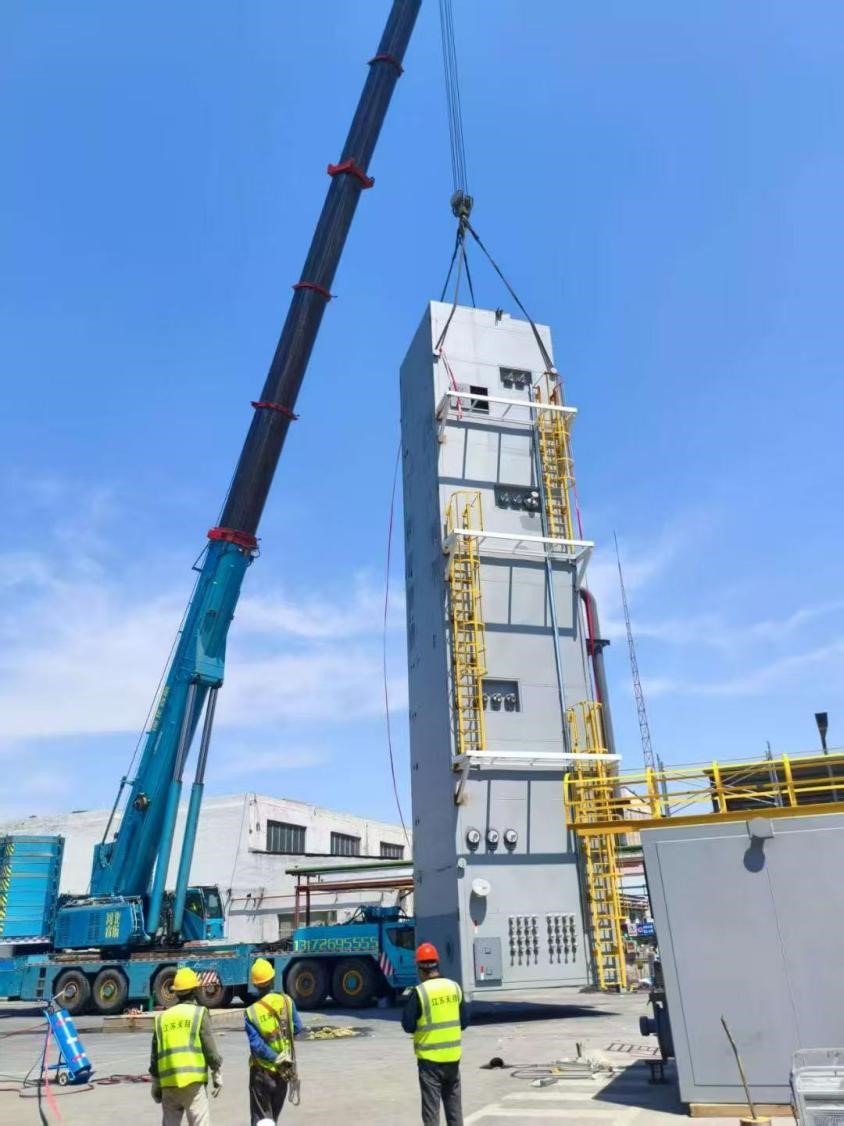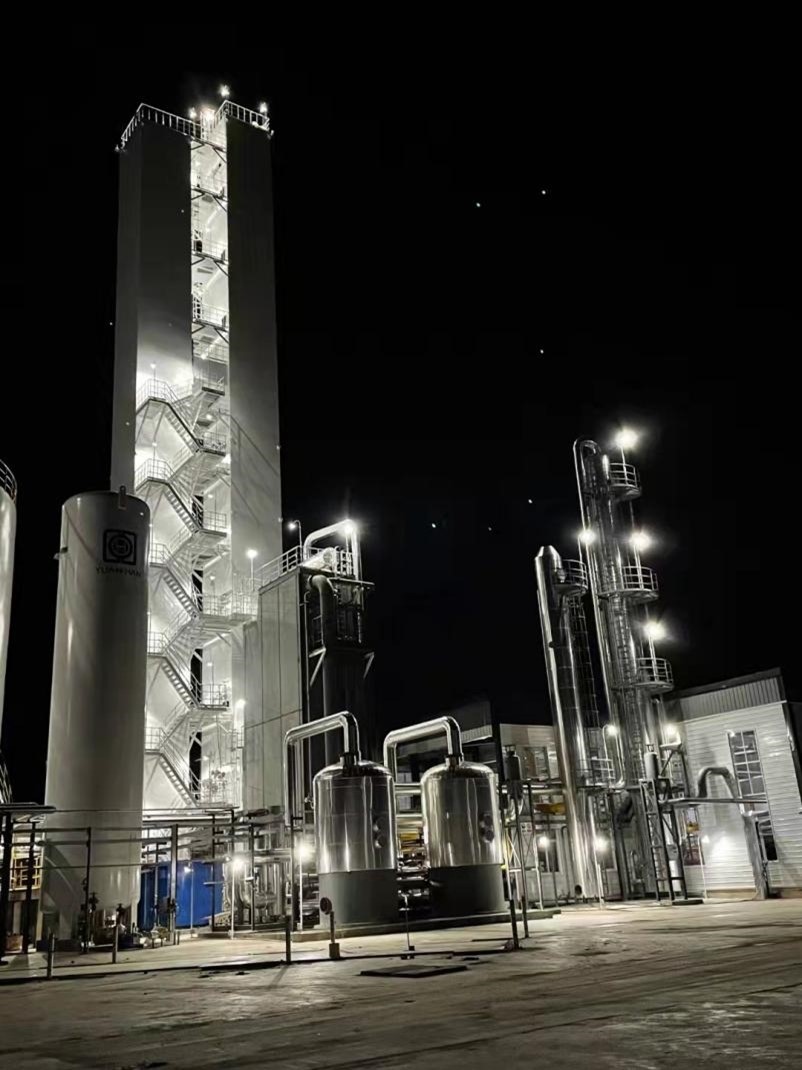With the rapid development of chemical, energy, medical and other industries, the demand for high-purity industrial gases (such as oxygen, nitrogen, argon) continues to grow. Cryogenic Air Separation technology, as the most mature large-scale gas separation method, has become the core solution of the industry with its high efficiency and stability. This article will analyze its technical principles, differences in different application scenarios and basic configuration requirements.
Compared with gas air separation equipment, liquid air separation equipment requires more cooling capacity. According to the different output of liquid air separation equipment, we use a variety of refrigeration cycle processes: booster turbine expansion refrigeration, low-temperature precooler refrigeration, circulation compressor high and low pressure expander expansion refrigeration, etc., to achieve the goal of reducing energy consumption through various methods. The control system adopts DCS or PLC control system, and assists field instruments to make the whole set of equipment simple to operate, stable and reliable.
Technical features: Technological breakthrough of cryogenic distillation
Deep-cold liquid air separation technology compresses and cools air to extremely low temperatures (below -196°C) and uses the difference in boiling points of each component to achieve separation. The main advantages include:
- High-purity output: It can produce 99.999% pure oxygen, pure nitrogen and high-purity argon to meet high-end needs such as semiconductors and medical treatment.
- Large-scale production capacity: The daily output of a single unit can reach thousands of tons, which is suitable for heavy industries such as steel and chemical industry.
- Energy efficiency optimization: Modern air separation equipment integrates high-efficiency compressors, expanders and heat exchangers, reducing energy consumption by more than 30%.
Application differences: Industry demand drives technology differentiation
Different industries have different requirements for deep-cold air separation systems, which are mainly divided into the following categories:
Traditional industrial type
- Application areas: metallurgy, petrochemicals.
- Features: Focus on high-flow oxygen (such as steelmaking combustion aid) or nitrogen (such as chemical protective gas), equipped with large storage tanks and pipeline transportation systems.
Electronic grade high purity type
- Application areas: semiconductors, photovoltaics.
- Features: ultra-pure gas (impurities ≤ 0.1ppm) is required, and multi-stage distillation towers and precision filtration modules are configured.
Healthcare type
- Application areas: hospitals, biopharmaceuticals.
- Features: emphasis on safety and immediate supply, often equipped with liquid oxygen storage tanks and vaporization systems.
New energy supporting type
- Application areas: hydrogen energy, carbon capture.
- Features: integrated krypton, xenon and other rare gas extraction functions, adapted to the green energy industry chain.
Basic configuration: core module of air separation system
A complete set of deep cold liquid air separation equipment usually includes the following key components:
1. Air compression system
Multi-stage centrifugal compressor, providing the pressure required for separation (0.5-1.0MPa).
2. Precooling and purification unit
Molecular sieve adsorber removes impurities such as moisture and CO₂.
3. Core cryogenic equipment
- - Main heat exchanger: heat exchange between air and product gas.
- - Two-stage distillation tower: oxygen/nitrogen separation in the lower tower, further purification in the upper tower.
4. Expansion refrigerator
Provides continuous cooling capacity to maintain a low-temperature environment.
5. Storage and vaporization system
Liquid oxygen/liquid nitrogen storage tanks, cryogenic pumps and vaporizers.
Future trends: intelligence and low carbonization
Global air separation technology is making breakthroughs in two directions:
- Intelligence: Optimize energy consumption through AI algorithms and monitor gas purity in real time.
- Green: Use renewable energy to drive compressor units to reduce carbon footprint.
For any oxygen/nitrogen/argon needs, please reach out to us:
Emma Lv
Tel./Whatsapp/Wechat: +86-15268513609
Email: Emma.Lv@fankeintra.com
Facebook: https://www.facebook.com/profile.php?id=61575351504274
Post time: May-27-2025
 Phone:
+86-18069835230
Phone:
+86-18069835230 E-mail:lyan.ji@hznuzhuo.com
E-mail:lyan.ji@hznuzhuo.com




